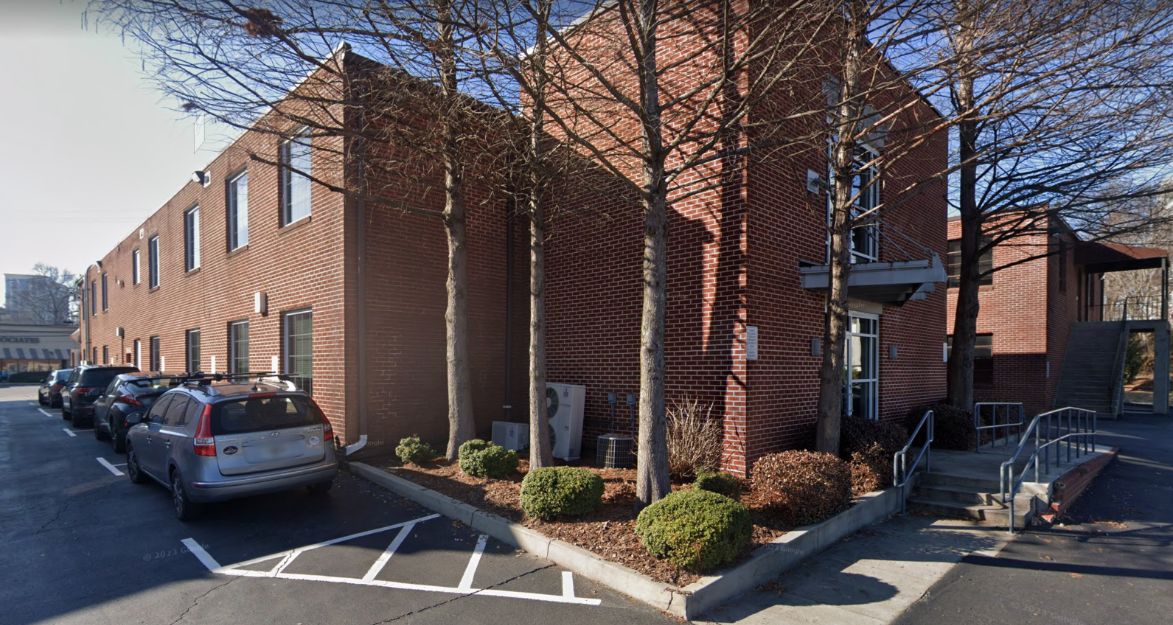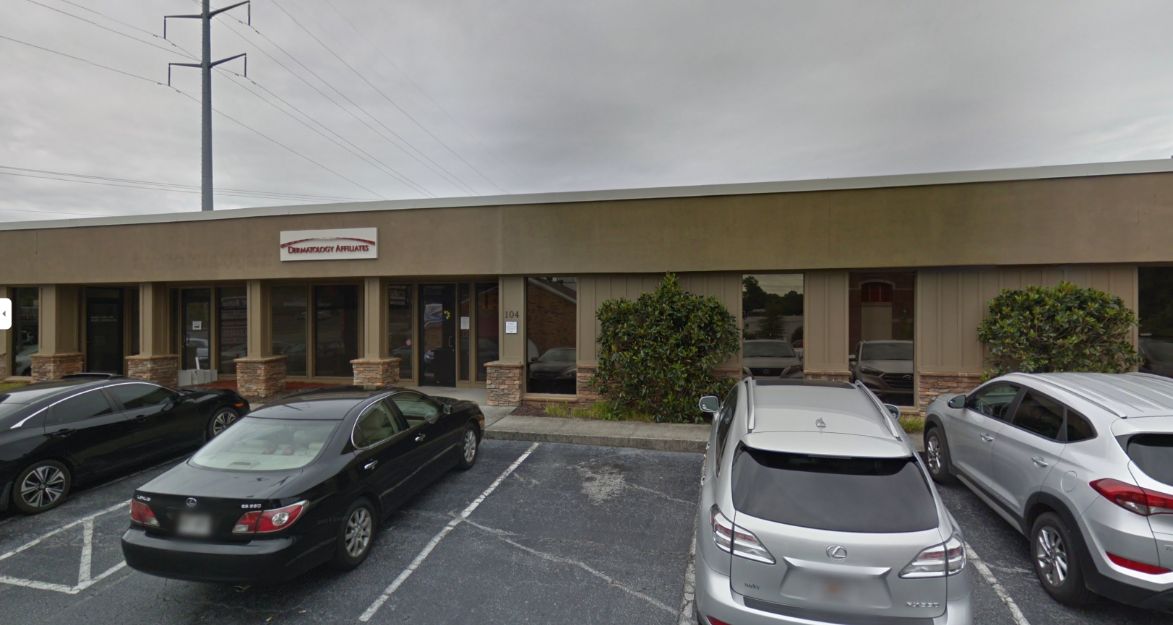Basal Cell Carcinoma
What You Need to Know About Basal Cell Carcinoma (BCC)
Basal cell carcinoma (BCC) is the most prevalent type of skin cancer, responsible for the majority of skin cancer cases. This form of cancer develops in the basal cells, located in the lowest layer of the epidermis, which is the skin's outermost layer. Although basal cell carcinoma is typically known for its slow growth and non-aggressive nature, it can still lead to significant local tissue damage if not treated promptly.
Basal cell carcinomas can manifest in various ways on the skin, including as red patches, pink growths, open sores, or shiny bumps. The primary cause of BCC is prolonged exposure to ultraviolet (UV) rays. While BCCs are rarely life-threatening when treated appropriately, they require medical attention to prevent complications.
Each year, nearly three million people are diagnosed with basal cell carcinoma. The condition is most commonly found in individuals with lifestyles that involve excessive exposure to UV rays. Although the average age of BCC patients is decreasing, the condition remains most prevalent among individuals over the age of 40. People with fair skin, blond or red hair, and blue, green, or grey eyes are at higher risk, as are men.
Effective Treatment Options for Basal Cell Carcinoma
When it comes to treating basal cell carcinoma (BCC), there are several effective options available, with the choice depending on the size, location, and severity of the cancer. One of the most precise and highly regarded treatments is Mohs surgery, a procedure where layers of cancerous tissue are progressively removed and examined until only cancer-free tissue remains.
This technique is particularly beneficial for BCCs located in areas where preserving healthy tissue is crucial, such as the face. Other treatment options include standard excisional surgery, where the tumor and some surrounding tissue are removed, cryotherapy, which involves freezing the cancer cells, and topical medications that can be applied directly to the skin. Radiation therapy is also an option for cases where surgery might not be feasible.
Early diagnosis and treatment are key to achieving the best outcomes and minimizing the risk of recurrence.
Examples of Basal Cell Carcinoma
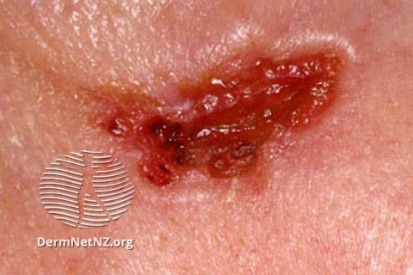
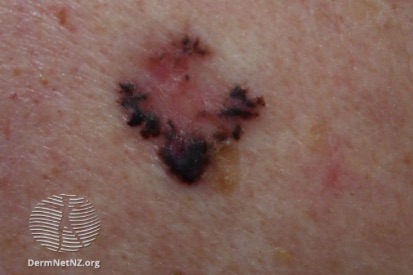
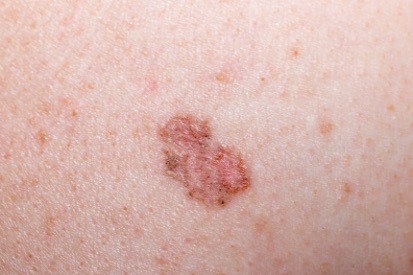
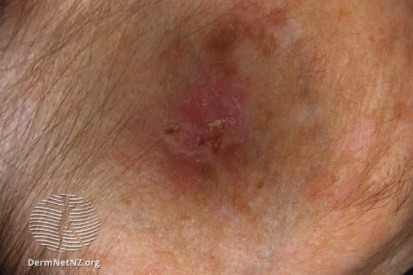
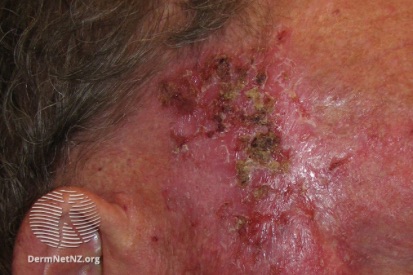
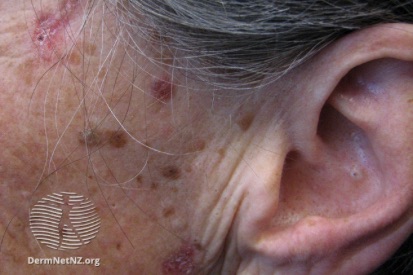
Symptoms of Basal Cell Carcinoma
Basal cell carcinoma (BCC) is the most common form of skin cancer and often develops in areas of the body that are frequently exposed to the sun. Basal cell carcinoma on the face is particularly common. Other frequent sites include the neck, scalp, and arms. Early-stage basal cell carcinoma can be subtle and may resemble non-threatening skin conditions.
BCC typically presents as slow-growing lesions that rarely cause pain but may become problematic over time if untreated. These lesions may look like shiny, pearly bumps, open sores that don’t heal, or flat, scar-like areas. It's essential to consult a dermatologist if you notice any persistent or changing spots on your skin.
Common signs and symptoms of BCC include:
- A pearly or waxy bump, often with visible blood vessels
- A flat, flesh-colored, or brown scar-like lesion
- An open sore that bleeds, oozes, or crusts and remains open for weeks
- A pink growth with a slightly raised, rolled border and a crusted indentation in the center
- A red patch that may itch or hurt
- Lesions developing on sun-exposed areas like the face, ears, neck, scalp, shoulders, and back
Causes of Basal Cell Carcinoma
The primary cause of BCC is prolonged exposure to ultraviolet (UV) radiation from the sun or tanning beds. Those over the age of 40 are also more susceptible to BCC. While anyone can develop it, certain risk factors increase the likelihood, including genetics and skin type.
Common causes of BCC include:
- Chronic sun exposure, especially as a child, without protection
- Use of tanning beds
- Fair skin, light eyes, and blond or red hair
- A history of severe sunburns, especially in childhood
- A family history of skin cancer
- Genetic conditions, such as basal cell nevus syndrome
- A weakened immune system due to illness or medication
Preventing Basal Cell Carcinoma
While basal cell cancer is most often caused by cumulative sun exposure, many cases can be prevented or caught early with the right habits. Practicing sun protection year-round and regular skin checks can help reduce risk. Understanding what BCC looks like, especially in the early stages, is critical for catching it before it becomes severe.
Common preventative measures include:
- Using a broad-spectrum sunscreen with SPF 30 or higher daily, even on cloudy days
- Avoiding sun exposure during peak hours (10 AM – 4 PM)
- Wearing protective clothing, wide-brimmed hats, and UV-blocking sunglasses when outdoors
- Staying in the shade whenever possible, especially during midday
- Avoiding tanning beds, which significantly increase skin cancer risk
- Performing regular self-skin checks and being aware of BCC symptoms, such as shiny bumps, open sores, or scar-like patches
- Learning to recognize what basal cell carcinoma looks like using credible resources and basal cell carcinoma pictures of the early stages
- Scheduling annual total body skin examinations with a dermatologist for professional screening
Basal Cell Carcinoma (BCC) FAQs
People with fair skin, a history of frequent sun exposure, or a family history of skin cancer are at an increased risk, though anyone can develop BCC.
Dermatologists diagnose BCC by carefully examining the skin lesion and may perform a biopsy to confirm their findings. This process involves removing a small sample of the affected tissue for laboratory analysis, which helps ensure an accurate diagnosis and guides the appropriate treatment plan.
Yes, Mohs surgery is an effective treatment for Basal Cell Carcinoma (BCC). This specialized technique is primarily used to remove skin cancers in areas where preserving healthy tissue is crucial, such as the face, ears, and nose.
During Mohs surgery, the surgeon removes thin layers of cancerous tissue, examining each layer under a microscope until no cancer cells are detected. This method ensures precise removal of cancer cells while minimizing damage to surrounding healthy tissue, leading to better cosmetic outcomes in sensitive areas.
Mohs surgery is often recommended for larger BCCs, those with unclear borders, or cases with a higher risk of recurrence.
BCC can recur in the same area. Regular skin checks are important.
Maintaining sun protection, performing regular self-examinations, and scheduling routine skin checks with a dermatologist are essential steps in preventing recurrence.
A Total Body Skin Examination (TBSE) is a thorough evaluation of the skin, conducted by a dermatologist or healthcare professional, from head to toe. During the exam, the provider systematically inspects all areas of the skin, including those not typically exposed to sunlight, to check for signs of skin cancer, abnormal moles, or other skin conditions.
Patients are usually asked to remove all clothing and wear a gown or drape provided by the healthcare professional. The dermatologist examines the entire body, including the scalp, face, neck, trunk, arms, legs, hands, feet, and nails, looking for any suspicious lesions, moles, discolorations, or changes in existing spots.
The primary goal of a TBSE is the early detection of skin cancers like melanoma, basal cell carcinoma, and squamous cell carcinoma, as well as other skin conditions. It enables healthcare providers to identify areas of concern that may require further evaluation, biopsy, or treatment.
Regular TBSEs are especially recommended for individuals with a history of skin cancer, numerous moles, a family history of skin cancer, or significant sun exposure.
From Our QualDerm Family of Brands: Non-Melanoma Skin Cancers
How to Treat Basal Cell Carcinoma
Treatment for BCC depends on several factors, including the size, depth, and location of the lesion, as well as the patient’s overall health. With various effective approaches available, from surgical options to newer non-invasive therapies, it’s crucial to tailor the treatment to each case. Early intervention can improve outcomes and minimize scarring. Whether the goal is basal skin carcinoma removal or long-term management, knowing the range of available treatments is essential.
Non-Surgical Treatments
There are several non-surgical treatment options for patients who are not candidates for surgery or prefer less invasive approaches. These include topical medications such as imiquimod or 5-fluorouracil, which can be effective for superficial BCCs.
Basal cell carcinoma radiation treatment may be recommended for older adults or those with tumors in difficult-to-operate locations. Electrodesiccation and curettage involve numbing the area, scraping off the lesion, and cauterizing it to destroy remaining tumor cells and control bleeding. Cryotherapy is another option, which freezes the lesion with liquid nitrogen. Additionally, superficial radiation therapy (SRT) treatment for skin cancer is emerging as a non-invasive alternative for certain patients, particularly for low-risk lesions.
Surgical Procedures
Surgery remains the most common and effective option for basal cell carcinoma treatment. Excisional surgery involves cutting out the cancerous lesion along with a small margin of healthy tissue to ensure complete removal. Another highly effective technique is Mohs surgery for basal cell carcinoma, especially used for facial areas or lesions with a high risk of recurrence.
This precise method involves removing the cancer layer by layer while examining each layer under a microscope, ensuring minimal damage to surrounding healthy skin. Mohs surgery offers the highest cure rates, around 98% for primary, non-recurrent BCC, while preserving healthy tissue and delivering excellent cosmetic outcomes.
New and Emerging Treatments
Advancements in skin cancer treatment have led to promising new therapies for basal cell carcinoma. Targeted drugs such as hedgehog pathway inhibitors are used for advanced or recurrent cases that don’t respond well to conventional treatment. Immunotherapy and photodynamic therapy are also being explored in clinical settings for patients who need alternatives to traditional basal cell carcinoma surgery.
Topical therapeutic options, including certain creams or ointments, may also be considered for specific lesions. Your dermatologist will discuss these based on the characteristics of your basal cell carcinoma.
Featured Blogs

- General Dermatology
As the U.S. population ages, the number of Americans who suffer from skin diseases will continue to rise, according to the American Academy of Dermatology (AAD).
Read More
- General Dermatology
- Sun Safety
- Skin Care
Earlier in May, a pilot study was published that showed high concentrations of 4 chemical sunscreens in the blood. This study was done over 7 days with 24 people using different mixtures of chemical sunscreens in spray, lotion, or cream forms.This was a small study to see if there was reason to really study absorption through the skin.
Read More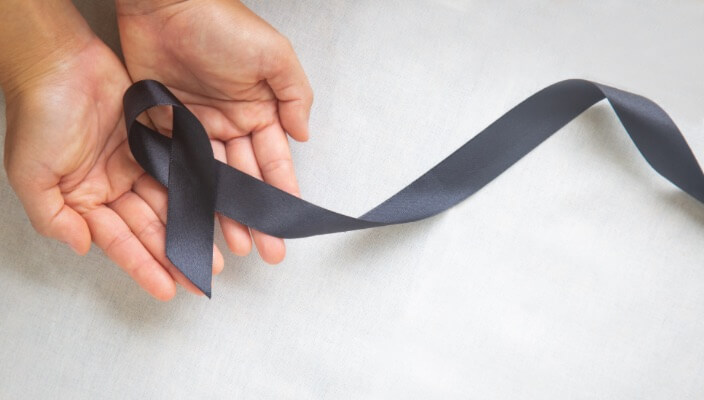
- Skin Cancer
- General Dermatology
- Sun Safety
A skin cancer story shared by a Dermatology Affiliates employee. Learn how easy it is for skin cancer to sneak into your life in many ways.
Read MoreFeatured Products for Sun Protection
Check your local office for current stock!
Check your local office for current stock!

